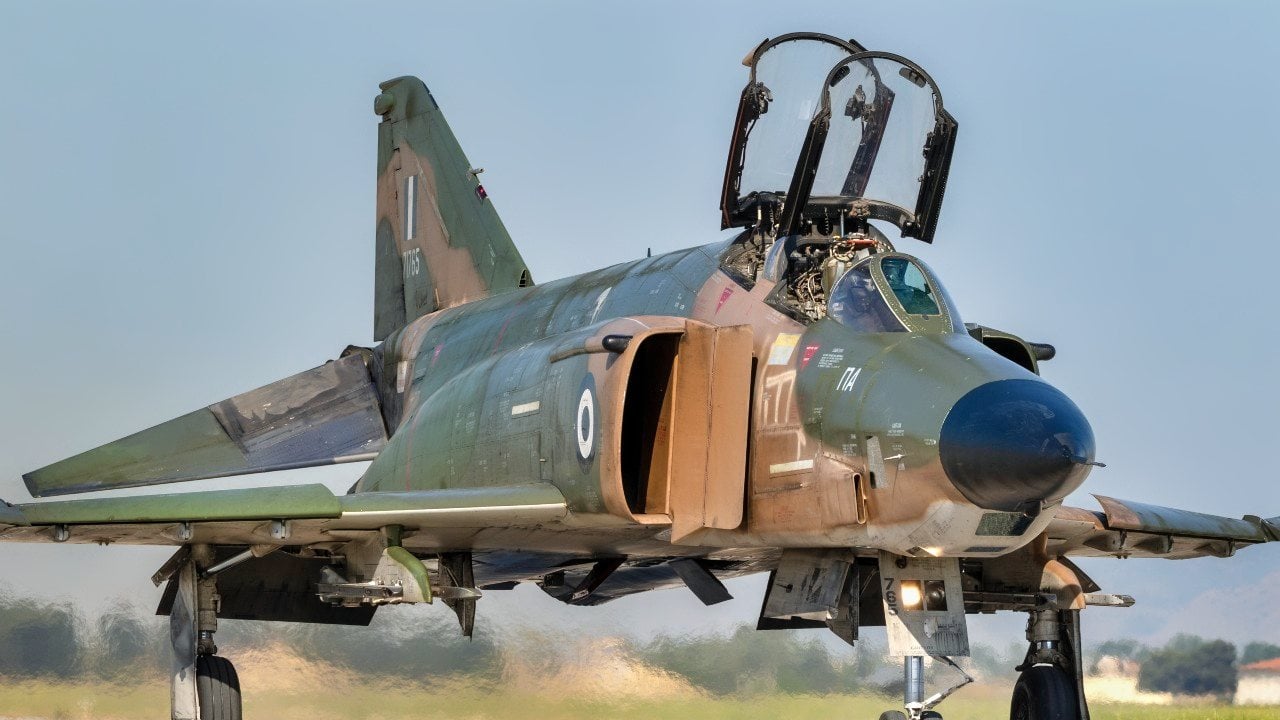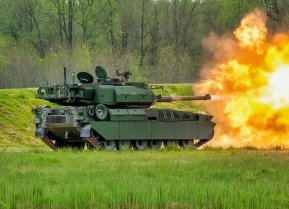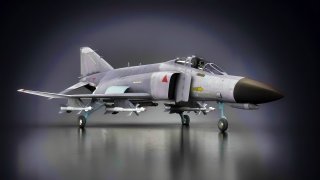F-4 Phantom II: The Lead Sled of US Air Superiority
The F-4 Phantom II, affectionately dubbed the "Lead Sled," emerged as a quintessential icon of mid-20th century aviation and the world's first multi-role fighter.
Summary: The F-4 Phantom II, affectionately dubbed the "Lead Sled," emerged as a quintessential icon of mid-20th century aviation and the world's first multi-role fighter. Originally designed in the 1950s by McDonnell Aircraft, the F-4 became a vital player during the Vietnam War, serving the U.S. military in both air superiority and ground attack roles. Notable for its remarkable speed—capable of reaching twice the speed of sound with a significant ordnance payload—the F-4 Phantom II showcased unparalleled versatility, a trait that has allowed it to remain in service across several countries, including Greece, Turkey, South Korea, and notably Iran, despite severe U.S. sanctions. Iran's maintenance of its F-4 fleet, in particular, underscores the aircraft's enduring design and functionality.
The F-4 Phantom, Explained
The F-4 Phantom II was an icon of mid-twentieth century aviation. Nicknamed the “Lead Sled” and affectionately described as a “triumph of thrust over aerodynamics,” the F-4 Phantom II is widely considered to be the first multi-role fighter in the world. It was originally conceived in the 1950s by McDonnell Aircraft, the F-4’s heyday was during the Vietnam War. In that conflict, the F-4 was used by the US military as an air superiority fighter and ground attack role.
The F-4 Phantom II was a fast warplane. Flying as fast as twice the speed of sound, all while carrying a large ordnance package, the F-4 Phantom II was an appealing plane during the height of the Cold War.
The F-4 Phantom II is such a versatile fighter than it remains in service today.
Still in Fighting Form Today
Greece, Turkey, South Korea, and Iran all sport variants of the F-4 Phantom II in their respective air forces. In the case of Iran, their use of the F-4 Phantom II is especially interesting because, since the overthrow of the US-supported Shāh in 1979, Iran has been under severe US sanctions. Thus, the Iranian military’s equipment—notably its air force—has been frozen in time from when it could once rely on the United States to sell it equipment and parts for maintaining that equipment.
Today, Iran’s F-4 fleet is held together by spit-and-polish because of those sanctions.
Even with all the hurdles, Iran’s air force is still able to maintain an offensive air capability thanks to its decades-old fleet of F-4 Phantom IIs. That’s a truly incredible feat and shows how well-made the F-4 Phantom IIs were.
They might not stack up well against fifth-generation warplanes. But the F-4 Phantom II can certainly hold their own in certain missions, such as ground attack missions. Especially considering that later variants of the F-4 Phantom II had a robust suite of weapons designed specifically for suppressing air defenses.
Some Important Points About the F-4
Interestingly, when the F-4 was first designed, its main weapon was four 20mm guns. Some subsequent variants, however, had no guns and an insane number of missiles (it could had approximately nine external hardpoints which could carry air-to-air missiles, air-to-ground missiles, and bombs). The F-4 was also equipped with a radically advanced radar system—the Westinghouse APQ-72—that amplified its effectiveness in combat. Other later versions of the legendary warplane had the M61 Vulcan rotary machine gun, allowing for those F-4 Phantom IIs to pack one helluva wallop.

Given the technology available at the time it was developed and its longevity, the F-4 Phantom II is another one of those mid-twentieth century American weapons platform that could never be replicated today.
Sure, the US military has far more advanced warplanes. And it is now developing increasingly sophisticated drones. In fact, automated F-4 Phantom IIs were used over the last 20 years against which US pilots could train in the newer warplanes and drones could test their systems. But, given the way the F-4 was used—by the US Air Force, Navy, and Marines—and how advanced the bird was when it was unveiled, nothing is quite comparable.
Nothing Quite Like the F-4 Today
There is today the F-35 Lightning II, which has been adopted by the Navy, Air Force, and Marines. This fifth-generation warplane has also been embraced by multiple US allies. Still, the F-35 program took decades to develop, significantly ran over cost, and has been severely delayed, to the point that the Air Force is already moving forward with plans to develop a sixth-generation warplane replacement (or, to “compliment” the F-35, in Pentagonese) for the F-35 in the next decade.
Compare that to the F-4 Phantom II.
Its operational life began in the mid-1950s. It ended its official service in the US military in 1996 and still lives on militaries throughout the world. Throughout its service, the F-4 Phantom II was constantly being upgraded and remained relevant throughout multiple major wars. The F-4 was clearly the byproduct of a Defense Department that had a functional and relatively efficient acquisitions program.
Today, this couldn’t be farther from the truth.
The F-4 Phantom II was ready—and able—to win the wars that it was called upon to fight. There was a streamlined industrial base able to churn these systems out and to have the maintenance infrastructure available to keep these birds in the fight.

The modern US military is lacking in all these things. And that’s frightening, given how tense the geopolitical situation has become—with great state rivals, such as China, rising to challenge America’s military dominance.
About the Author
Brandon J. Weichert is a former Congressional staffer and geopolitical analyst who is a contributor at The Washington Times, as well as at American Greatness and the Asia Times. He is the author of Winning Space: How America Remains a Superpower (Republic Book Publishers), Biohacked: China’s Race to Control Life, and The Shadow War: Iran’s Quest for Supremacy. Weichert can be followed via Twitter @WeTheBrandon.
All Images are Shutterstock.


